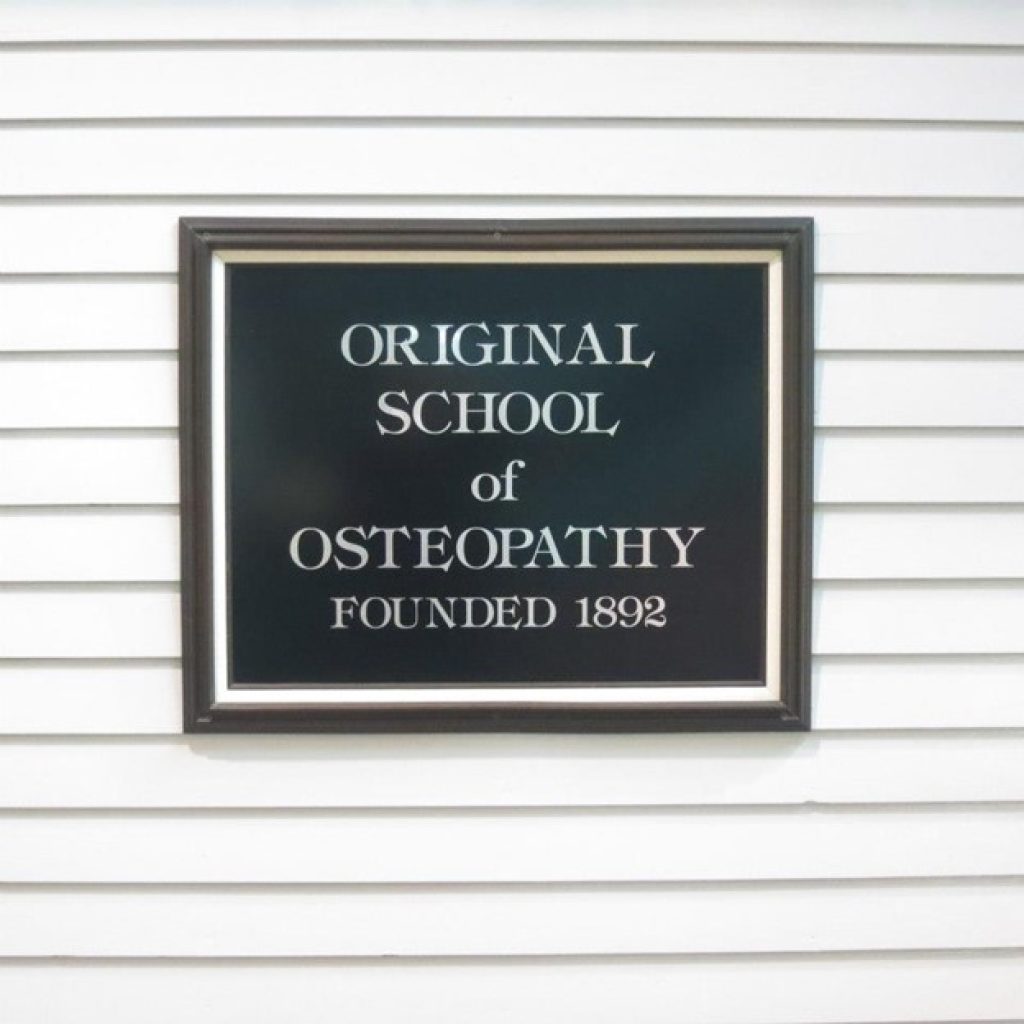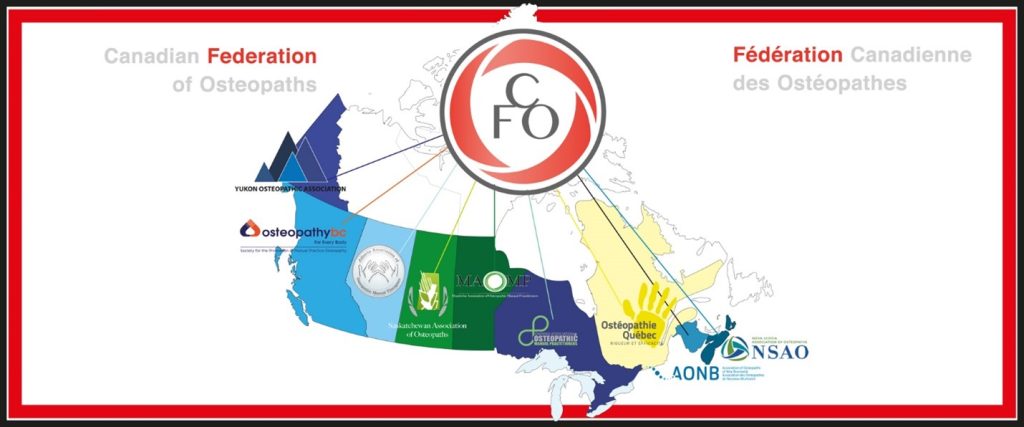An Overview of Osteopathy
What Is Osteopathy?
Osteopathy is a science based on a specific methodology, not just a technique. It is a deep understanding of anatomy, neuroanatomy, physiology, pathology and how all systems in the body work together. Osteopathy was founded by Dr. Andrew Taylor Still and uses a hands-on approach in which the therapists will be using their hands to find areas with hypomobility that can lead to areas with hypermobility. The symptomatic areas are, in most cases, the areas with excessive movements and suffering from inflammation and, consequently, pain.
The Four Principles of Osteopathy
- The body is a unit; the person is a unit of body, mind, and spirit.
- The body is capable of self-regulation, self-healing and health maintenance.
- Structure and function are reciprocally interrelated.
- The rule of body’s fluids: the blood, the lymph and the Cerebrospinal fluid (CSF) should flow properly to maintain the body balanced.
The Three Groups of Osteopathy
Osteopathy can be divided in 3 groups, according to the areas to be treated:
Structural Osteopathy
Addresses the musculoskeletal system such as vertebral spine, upper and lower limbs. Some examples include neck pain, lower back pain, herniated disk, carpal tunnel syndrome.
Visceral Osteopathy
Focuses on the function of the internal organs. It is used to treat issues as acid reflux, asthma, constipation, or infertility.
Cranial Osteopathy and Craniosacral Therapy (CST)
Targets the skull and the craniosacral relationship through the meninges and the cerebrospinal fluid (CSF). It treats problems related to the cranial nerves and blood flow that can lead to symptoms such as migraine, concussion, digestive system, or respiratory issues.
Important Organizations That Control and Regulate Osteopathy
Alliance or Osteopathic International Alliance (OIA): The biggest Osteopathy organization in the world. Founded in June/2003- in the US. It represents 74 organizations from 21 countries.
World Health Organization (WHO): Published the Benchmarks for Training in Osteopathy, in 2010, and it describes the core training in Osteopathy, competencies, the philosophy, and main streams in Osteopathy.
Osteopathic Healthcare Provision- EN 16686: Published, in 2015 by the Comité Européen de Normalisation- CEN, in partnership with the European Federation of Osteopaths (EFO) and the Forum for Osteopathic Regulation in Europe (FORE). It sets a benchmark for high quality clinical practice, education, safety and ethics for Osteopathy in Europe.
The Canadian Federation of Osteopaths (CFO):
The national osteopathic association in Canada. Founded in 2003, it represents 9 provincial associations and one territory. It is a member of the OIA and represents the Manual osteopath.
Alberta Association of Osteopathic Manual Therapists (AAOMT):
Represents Alberta, and was founded in September 2007. AAOMT is a member of the CFO and the OIA.





